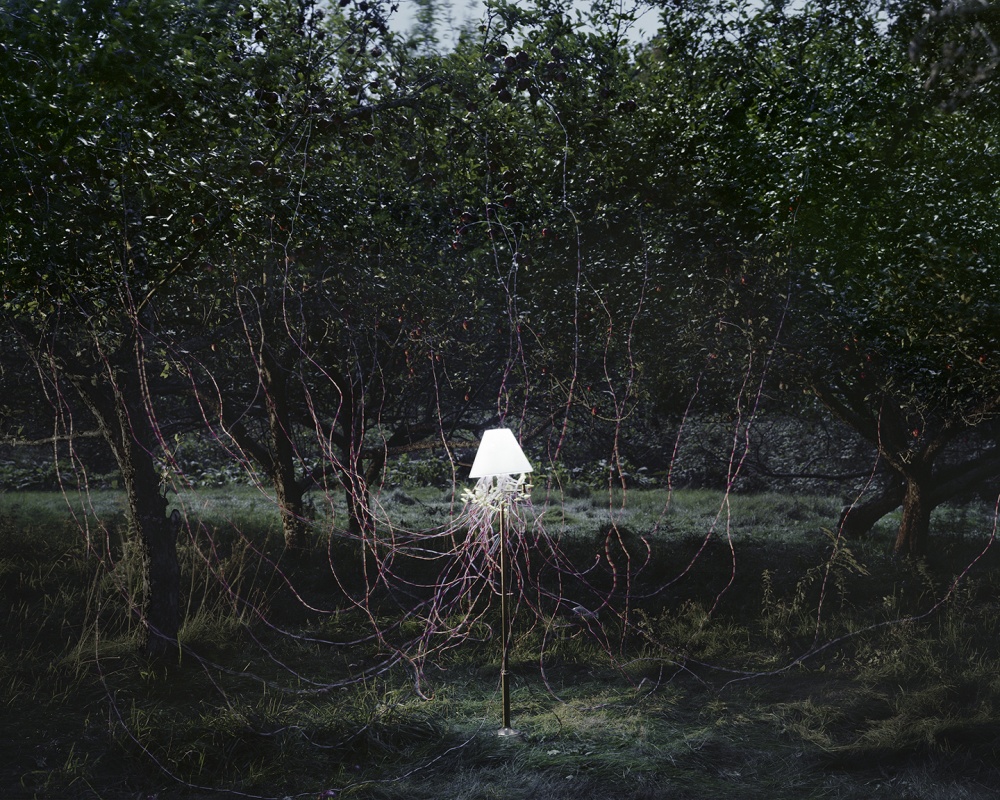
Nelo Akamatsu
Chijikinkutsu
“Chijikinkutsu” is a coinage, specially created for the title of this work by mingling two Japanese words: “Chijiki” and “Suikinkutsu”.”Chijiki” means geomagnetism: terrestrial magnetic properties that cannot be sensed by the human body but that exists everywhere on earth. Since long before the Age of Discovery, people have traveled with navigation using compasses employing geomagnetism. In recent years, various devises that utilize geomagnetism have even been incorporated into smartphones[…] “Suikinkutsu” is a sound installation for a Japanese traditional garden, invented in the Edo period. The sounds of water drops falling into an earthenware pot buried under a stone wash basin resonate through hollow bamboo utensils. The concept of the work “Chijikinkutsu” does not derive from experimentalism of science and technology on which media arts rely, nor from architectural theory of western music upon which some sound arts lay their foundation. While utilizing the action of geomagnetism normally treated as a subject of science, this sound installation expands the subtle sounds of “Suikinkutsu” in the context of Japanese perspective on Nature.



